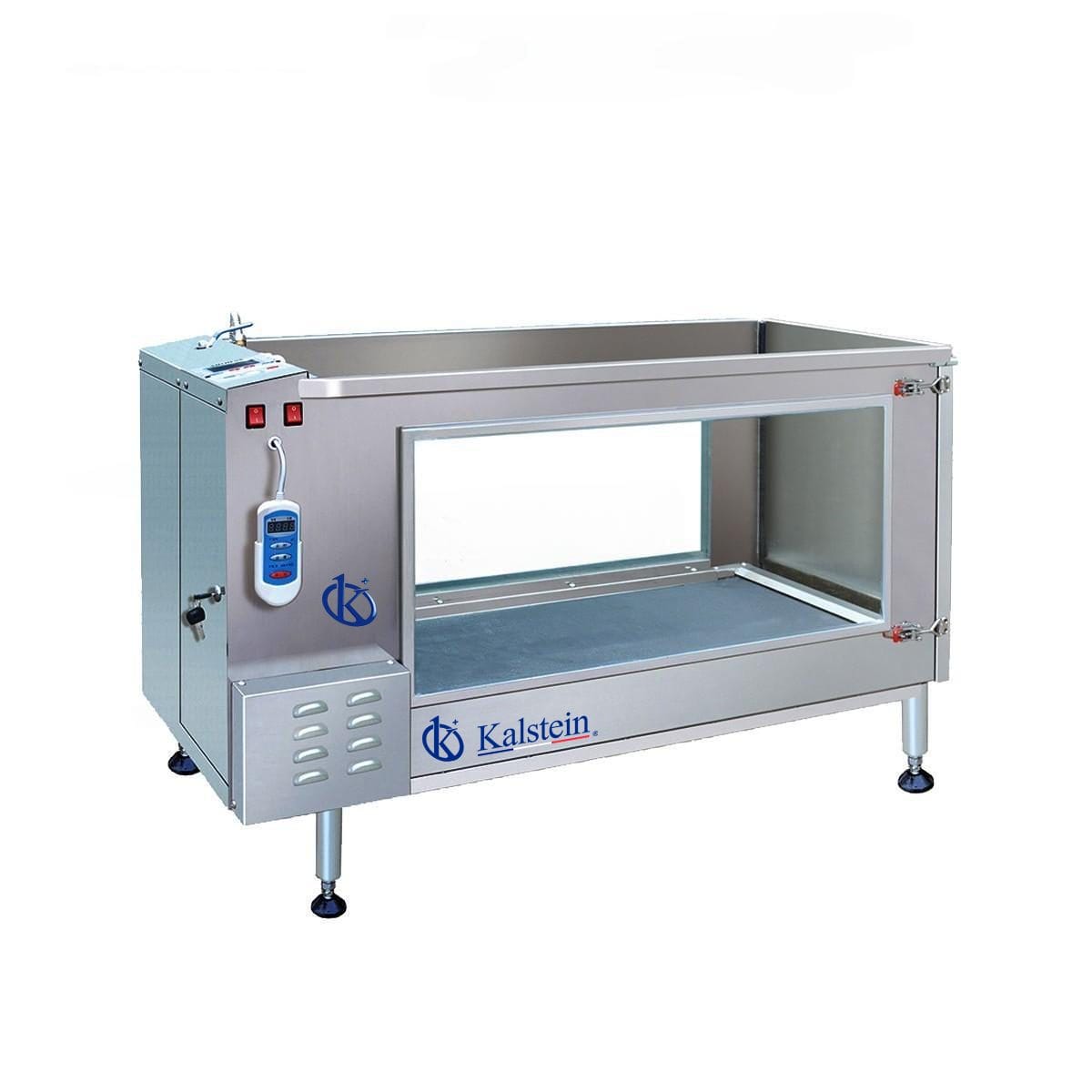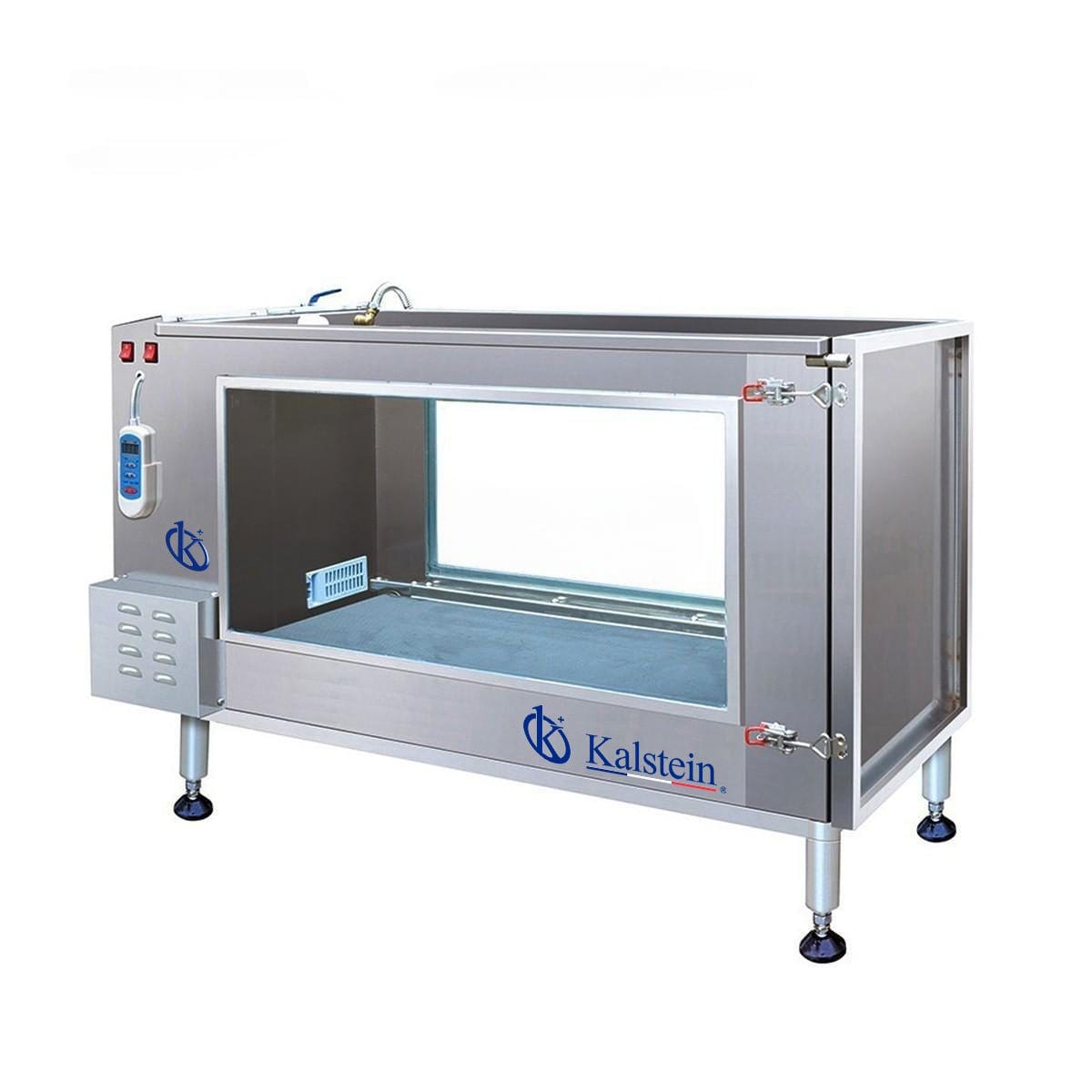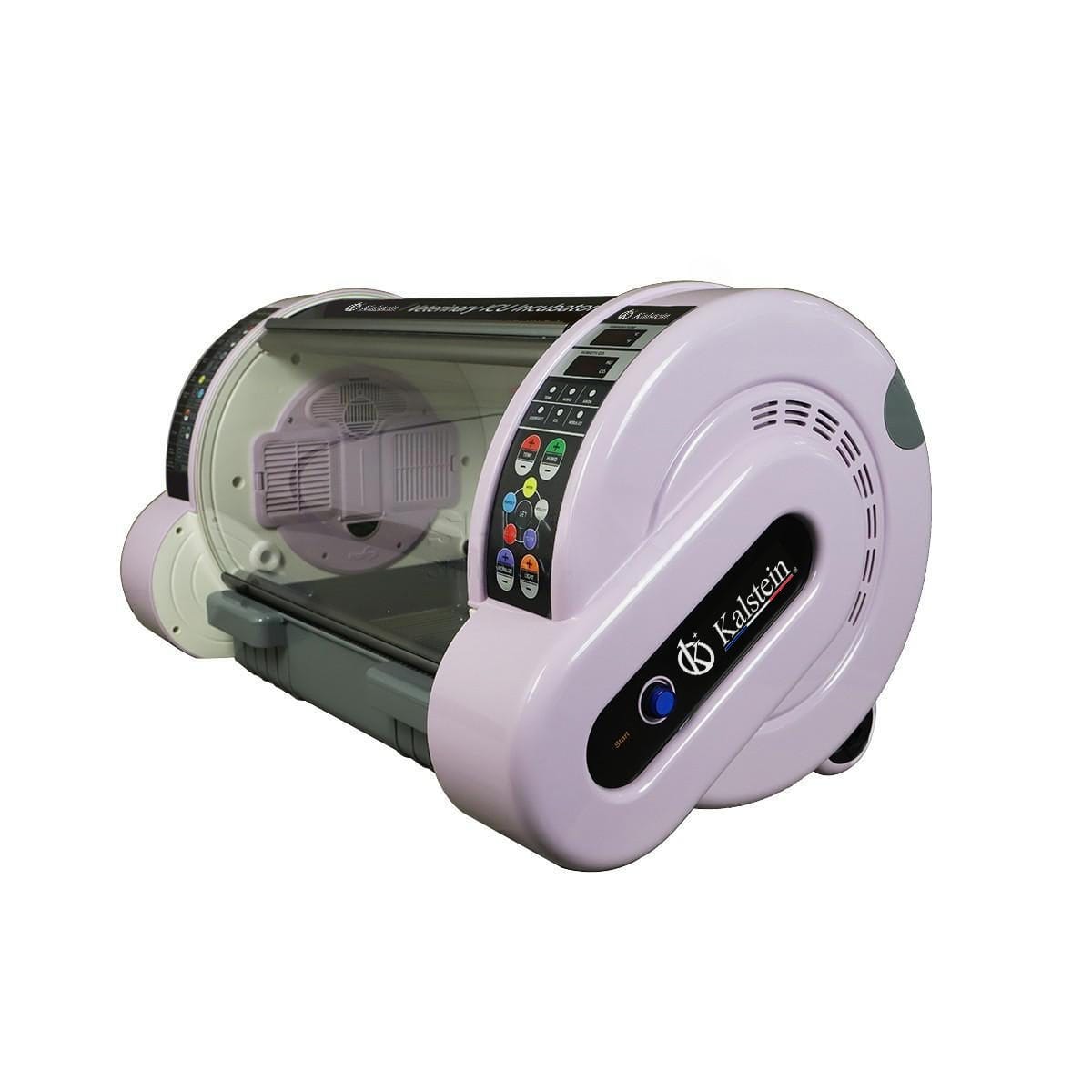Orbital shakers are laboratory devices that are used to shake liquids in closed vessels such as flasks, test tubes, bottles, culture plates, etc. These shakers are widely used in chemistry, biochemistry, molecular biology, microbiology and other scientific research laboratories. The main functions of orbital shakers are as follows:
- Mixing and dissolving substances: Orbital shakers provide uniform and constant agitation that enables the mixing and dissolving of substances in the liquid. This is especially useful in the preparation of homogeneous solutions, solutions and suspensions.
- Cell and microbial culture: Orbital shakers are useful for the cultivation of cells and microorganisms in culture plates or liquid culture bottles. Constant agitation allows for increased aeration and improves the distribution of nutrients and gases in the culture medium, which promotes cell growth and proliferation.
- Extraction and purification of compounds: Orbital shakers are used in the extraction and purification of chemical compounds, such as in sample preparation for chromatographic analysis. Constant stirring improves extraction efficiency and separation of sample components.
- Chemical reaction research: Orbital shakers are used in chemical reaction research, such as synthesis of new compounds, evaluation of reaction kinetics and optimisation of reaction conditions. Constant stirring improves the homogeneity of the mixture and the reaction rate.
Parts of orbital shakers:
- Base: The base is the lower part of the orbital shaker that is placed on the laboratory bench. The base is usually made of stainless steel or aluminium and provides a solid and stable base for the shaker.
- Platform: The platform is the upper part of the orbital shaker where the sample vessels are placed. The platform is usually made of chemical-resistant materials, such as stainless steel or aluminium, and is circular in shape so that the sample vessels can be placed in any position.
- Clamps: Clamps are the gripping devices used to hold the sample containers to the platform. The clamps can be adjustable to fit different vessel sizes and are designed to hold the vessels in place during mixing.
- Motor: The motor is the component that provides the circular and orbital motion to the platform. The motor is usually located underneath the platform and is connected to the platform by a drive mechanism. The motors are usually electric and can be controlled to adjust the speed and intensity of the mixing.
- Controller: The controller is the part of the orbital shaker that allows the user to adjust the speed and intensity.
Visit our catalog HERE



